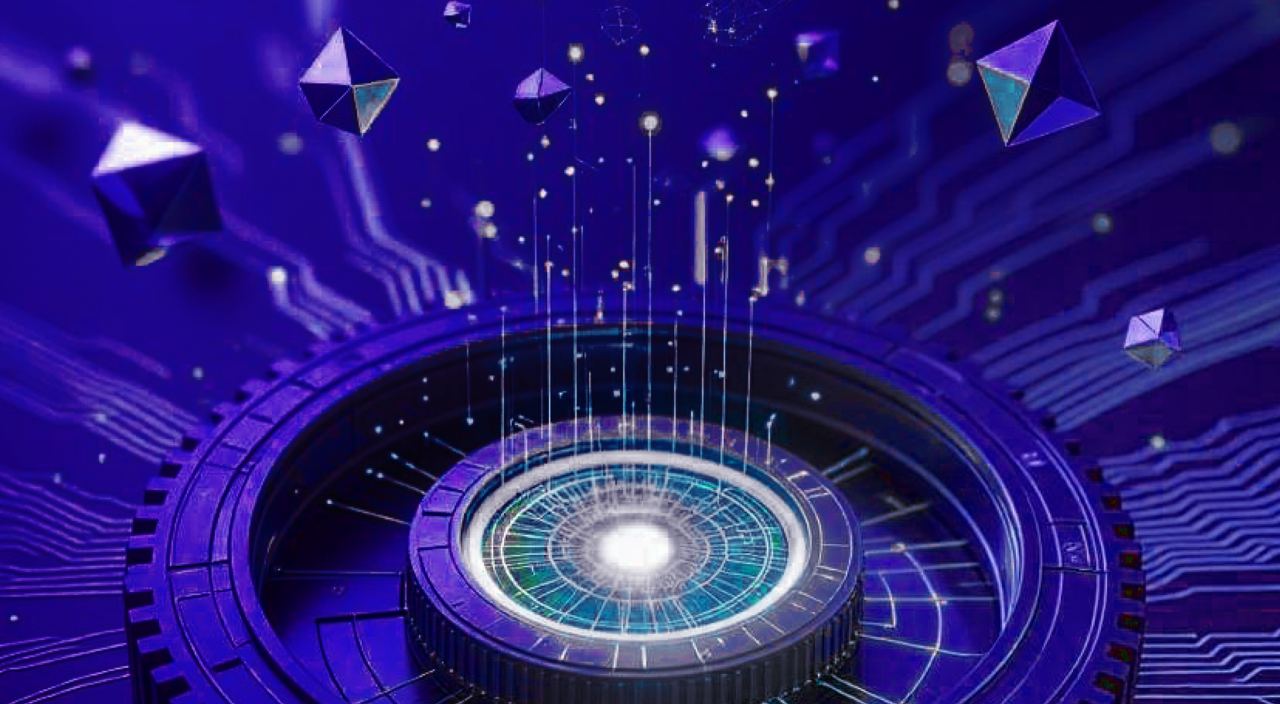Molecule Protocol V2 presents a comprehensive reimagining of how scientific intellectual property can be tokenized, governed, and monetized as blockchain-based Real World Assets (RWAs).
Molecule Protocol V2 builds on the current (V1) system by integrating traditional corporate structures with crypto tokens, enhancing compliance, tax efficiency, and investor appeal while preserving the ethos of decentralization.
V2 refines and merges the V1 structures (IP-NFTs for tokenizing IP (e.g., patents, data) and IPTs for collaboration) with traditional startups by putting IP-NFTs in corporations with equity available for qualified IPT contributors. That equity that controls the IP and project treasury, enhancing project accountability and upgrading the utility of the Molecule V1 Protocol to introduce a new DeSci asset class: IP RWAs.
The Genesis of a New Scientific Economy
The traditional scientific funding model is broken. With NIH budget cuts, biotech market drawdowns and the "Valley of Death" claiming countless promising research projects, the scientific community needs new pathways to financial sustainability. That's where Molecule comes in. Molecule is a fundamental reconstruction of how we think about scientific IP ownership and capital formation in the digital age.
Our journey began with a simple yet profound realization: what if we could make IP as liquid and tradeable as any digital asset, while maintaining the legal enforceability and compliance frameworks that institutional partners require? This question has guided our development of Molecule since its inception and continues with Protocol V2, which introduces a hybrid token-and-equity framework that bridges the gap between DeFi innovation and traditional biotech investment.
The Architecture of Scientific IP Liquidity
IP-NFT V2: Composable by Design
At the core of Protocol V2 lies our revolutionary IP RWA infrastructure, built with composability as its foundational principle. V2 enables developers and advanced science projects to tailor their use cases with unprecedented technical, legal, and financial flexibility with institution-grade asset creation.
The Token-to-Equity-to-RWA Revolution
Protocol V2 presents an innovative pathway mapping early stage crypto participation to blockchain-based, institution-grade, real-world assets. We're working on solving one of the most persistent challenges in crypto: how to provide real economic rights from project inception through to RWAs using the science project’s IP assets.

Phase 1: Token Acquisition
Contributors purchase IPTs (Intellectual Property Tokens), which could be through a non-profit organization established to support advanced scientific research (such as a BioDAO, most of which are non-profits) or on the open market.
Phase 2: Citizen-Led Science
Token holders can support the research by participating in the research for some projects and by locking their tokens to vote on the research direction and project milestones.
Phase 3: The Equity Bridge
When a project matures to the stage where it incorporates, contributors who want equity in the project corporation can undergo KYC and other qualifications depending on the project. Once legally qualified, contributors may obtain equity through project engagement. Institutional contributors, such as traditional biotech and venture capital firms, may also obtain project equity through capital contributions.
Phase 4: Revenue Distribution
Protocol V2 introduces sophisticated mechanisms for revenue-sharing. When projects begin generating revenue through licensing or product sales, they can tokenize those revenue streams, begin automated buyback-and-burn of their IPTs, or both. If projects ever sell their IP, e.g. to a biotech company or venture capital firm, they can compliantly distribute sales revenues to their equity holders.
This innovation allows us to provide economic benefits to both active contributors and passive investors. The revenue flows through separate, compliant instruments that can be distributed or sold according to the project’s governance decisions.
The Anatomy of Molecule Protocol V2
Each project operates through a carefully designed structure:
- Project Corporation: Owns the IP-NFT and all associated intellectual property, providing familiar legal structures for institutional partners.
- Non-Profit Issuer: A tax qualified organization that could issue IP tokens to contributors and investors.
- IP-NFT Smart Contracts: Automate governance, treasury management, and revenue distribution according to predetermined rules.
- On-Chain Treasury Governance: Each project maintains its own programmable treasury, governed by token holders through milestone-based disbursements. This creates accountability mechanisms where community members control funding release based on research progress, introducing unprecedented transparency to biotech R&D funding.
Market Context: DeSci's Explosive Growth
The timing for Protocol V2 couldn't be better. The DeSci ecosystem has reached a critical inflection point:
- Market Capitalization: The DeSci sector has grown to $1 billion in total market cap
- Daily Volume: Over $250 million in daily trading volume across ~30 active tokens
- Institutional Interest: Major exchanges like Coinbase and Binance are launching DeSci tokens, with BIO Protocol leading the charge
- Ecosystem Funding: Molecule's ecosystem has facilitated over $15 million in research funding across 35+ projects
This growth reflects growing recognition that traditional scientific funding models are inadequate for the pace of modern innovation. As NIH cuts threaten to reduce biomedical research funding by billions of dollars, DeSci offers a viable alternative that can mobilize global capital toward breakthrough research.
A New Social Contract for Science
At its essence, Protocol V2 represents a new social contract for scientific research—one where patients, researchers, funders, and communities share both risks and rewards in the pursuit of breakthrough therapies. By tokenizing science while maintaining legal compliance, we're creating markets for scientific innovation that can mobilize global capital toward humanity's greatest challenges.
The traditional "publish or perish" academic model has failed to adequately incentivize translational research. Our Protocol V2 framework creates sustainable business models for academic researchers while ensuring that successful therapeutics benefit all stakeholders, including the patients who need them most.
Implementation and Next Steps
Protocol V2 is currently in closed beta, with selected BioDAOs and research teams testing our infrastructure. For researchers, funders, and developers interested in participating in this next phase of DeSci evolution, we encourage you to join our community and reach out.
Conclusion: The Scientific Singularity Approaches
We believe we're approaching what we call the "Scientific Singularity"—a point where the combination of AI, blockchain, and decentralized funding mechanisms accelerates scientific discovery beyond current imagination. Protocol V2 is our contribution to this future: a legal, technical, and economic framework that makes scientific IP as liquid and programmable as any digital asset.
The challenges facing humanity, from aging and disease to climate change and resource scarcity, require unprecedented levels of collaboration and innovation. By tokenizing IP and creating markets for scientific advancement, we're building the infrastructure for a future where breakthrough discoveries can be funded by anyone, owned by communities, and deployed for maximum global benefit.
The future of science is decentralized, composable, transparent, and community-owned. Protocol V2 is how we get there.
To learn more about Molecule Protocol V2, or join our developer community, visit molecule.xyz or connect with us on Discord or Telegram. Together, we're building the future of scientific innovation.



















